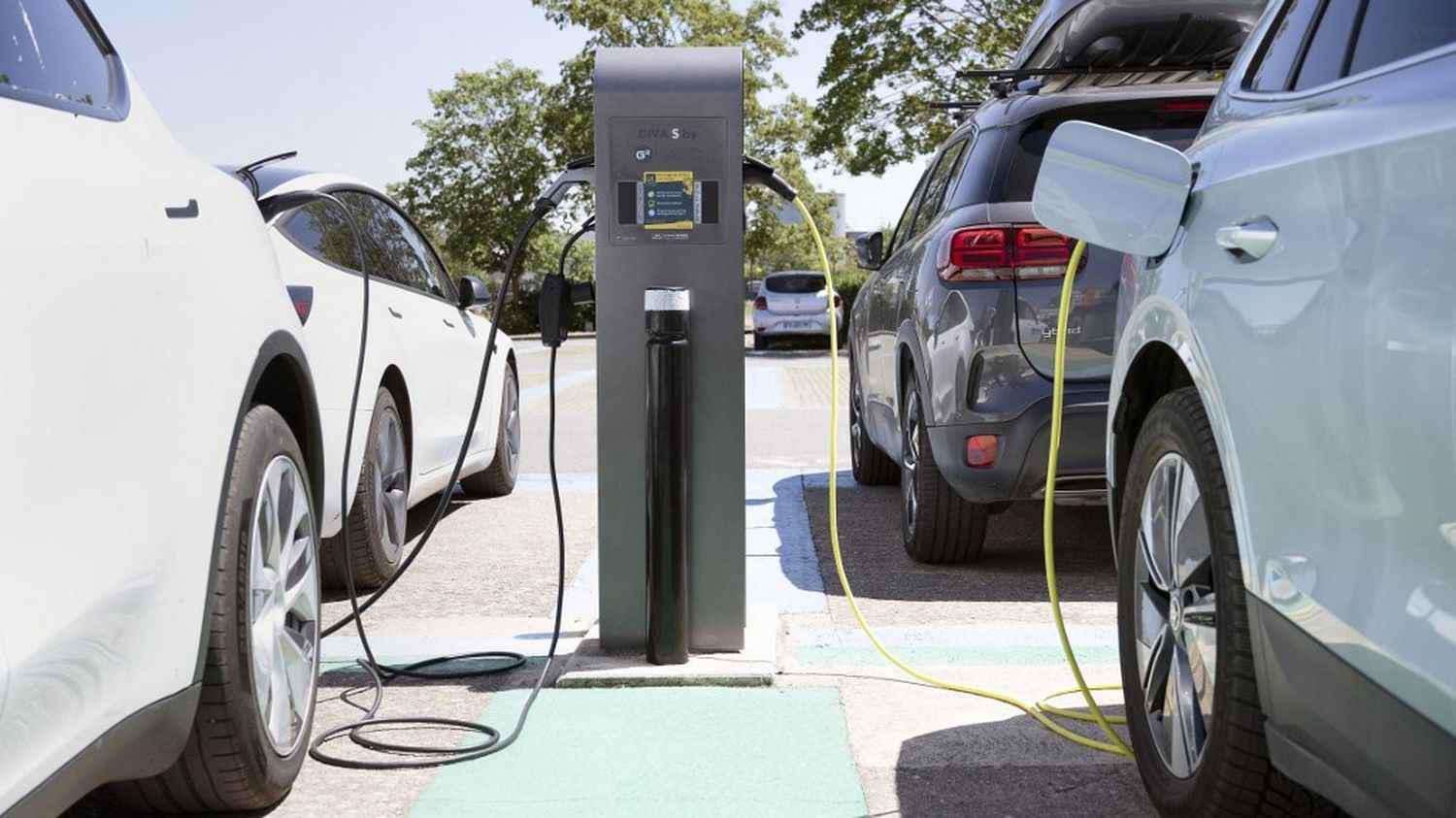We will soon have to say goodbye to petrol, diesel and hybrid cars. MEPs and the 27 EU Member States reached an agreement on Thursday, October 27, on European legislation which provides for the end of the sale of new thermal engine vehicles by 2035. The President of the European Commission, Ursula von der Leyen, welcomed the agreement on Thursday evening, citing a “key step” for the EU’s climate ambitions, which will “to stimulate innovation and our industrial and technological leadership”. It’s a “historic EU climate decision”, tweeted French MEP Pascal CanfinChairman of the Environment Committee of the European Parliament.
>> End of thermal engines in 2035: “It cannot be the only solution”, explains a researcher after the vote of the European Parliament
This is the first European agreement on a text of the climate package (Fit for 55, in English), aimed at reducing EU greenhouse gas emissions by at least 55% by 2030 (compared to 1990). The agreement on heat engines still needs to be formally approved by the European Council and Parliament for it to enter into force. Here are five things to know about what this text provides for in detail for the next few years.
1From 2035, the end of sales of petrol and diesel cars and vans in the EU
The text validated Thursday, which is based on a proposal from the European Commission in July 2021, plans to reduce CO2 emissions from new cars in Europe to zero from 2035. This is equivalent, in fact, to stopping sales of new petrol and diesel cars and light commercial vehicles (vans) in the EU on that date. Hybrid vehicles (gasoline-electric) are also concerned, with the objective of renewing the European car fleet, with, eventually, 100% electric vehicles.
>> End of thermal engines in 2035 in Europe: four questions on the development of electric vehicles
Only battery electric cars will be allowed on the new market from 2035. CHowever, this European regulation will not affect cars already sold, which can continue to circulate. The longer-term goal is to ensure that all vehicles on the road in Europe by 2050 are zero emissions, “through the general renewal of the fleet”reminds Politico (in English).
2By 2030, a reduction of at least 55% in CO2 emissions for new cars
Before the 2035 horizon, intermediate CO2 emission targets have been set by the EU for new vehicles. The text provides in particular, by 2030, a reduction of at least 55% in CO2 emissions for new cars, and 50% for new vans, compared to 2021.
3In 2026, a possible green light for plug-in hybrid cars
The agreement also provides for a “review clause” in 2026, which implies that Brussels thoroughly assesses the progress made “with a view to achieving 100% emission reduction targets”. During this review, the European Commission will thus be able to amend the objectives set “taking into account technological developments”in particular with regard to plug-in hybrid vehicles.
In other words, a green light could be given in the future to alternative technologies such as synthetic fuels (e-fuels) or plug-in hybrid engines, if these make it possible to achieve the objective of completely eliminating CO2 emissions.
4A derogation for “niche” manufacturers until the end of 2035
A derogation is granted to so-called “niche” manufacturers producing less than 10,000 vehicles per year. It will allow them to equip their new vehicles with a combustion engine until the end of 2035, i.e. one year later than the other brands and without an intermediate objective in 2030. This clause, sometimes called the “Ferrari amendment”, will benefit in particular the brands luxury and has been strongly criticized by some MEPs.
5From 2030, the end of bonuses for car manufacturers
The bonus granted to car manufacturers for zero and low emission vehicles will be maintained until 2030, the agreement also specifies. This mechanism incentivizes manufacturers with less stringent CO2 targets, when they achieve a certain percentage of zero and low emission vehicles in their fleet, recalls Context (article subscribers). The agreement reached on Thursday thus provides “to raise the reference threshold to 25% for cars and 17% for vans until 2030”.
